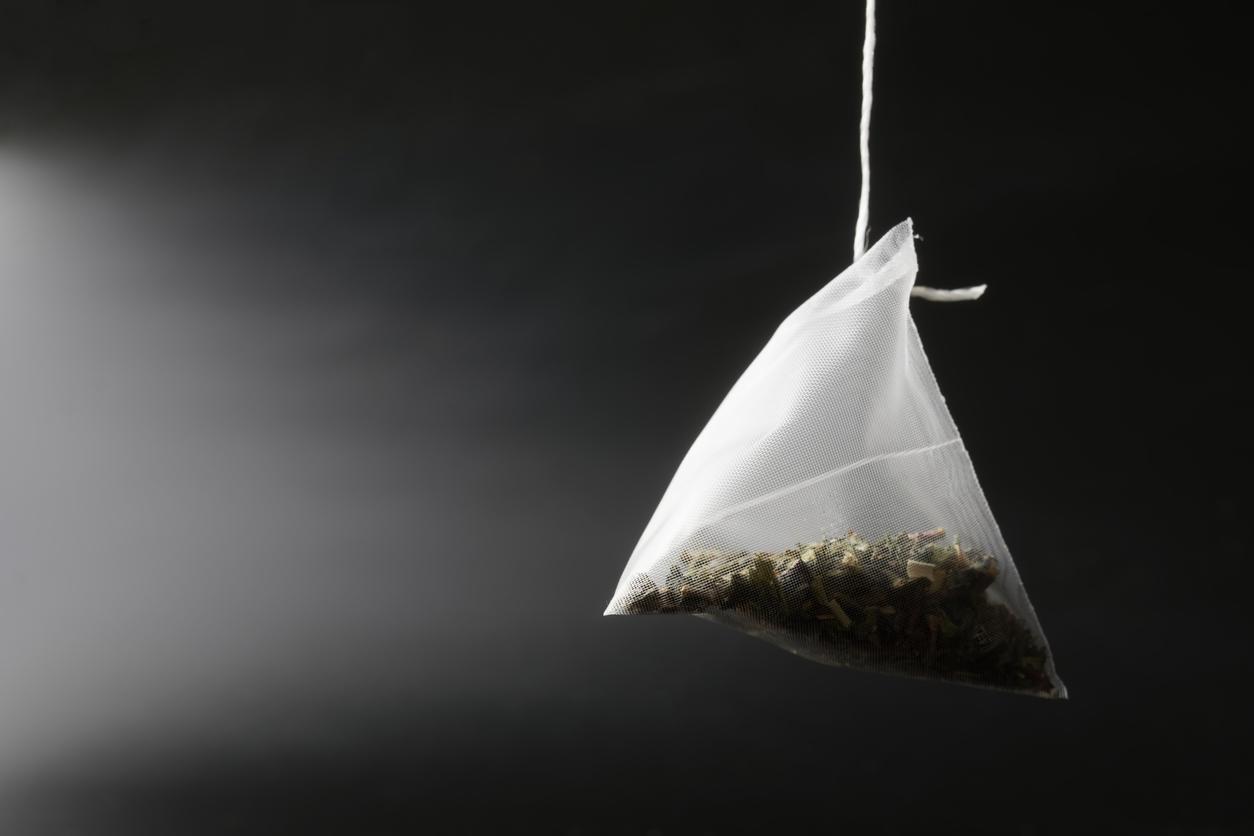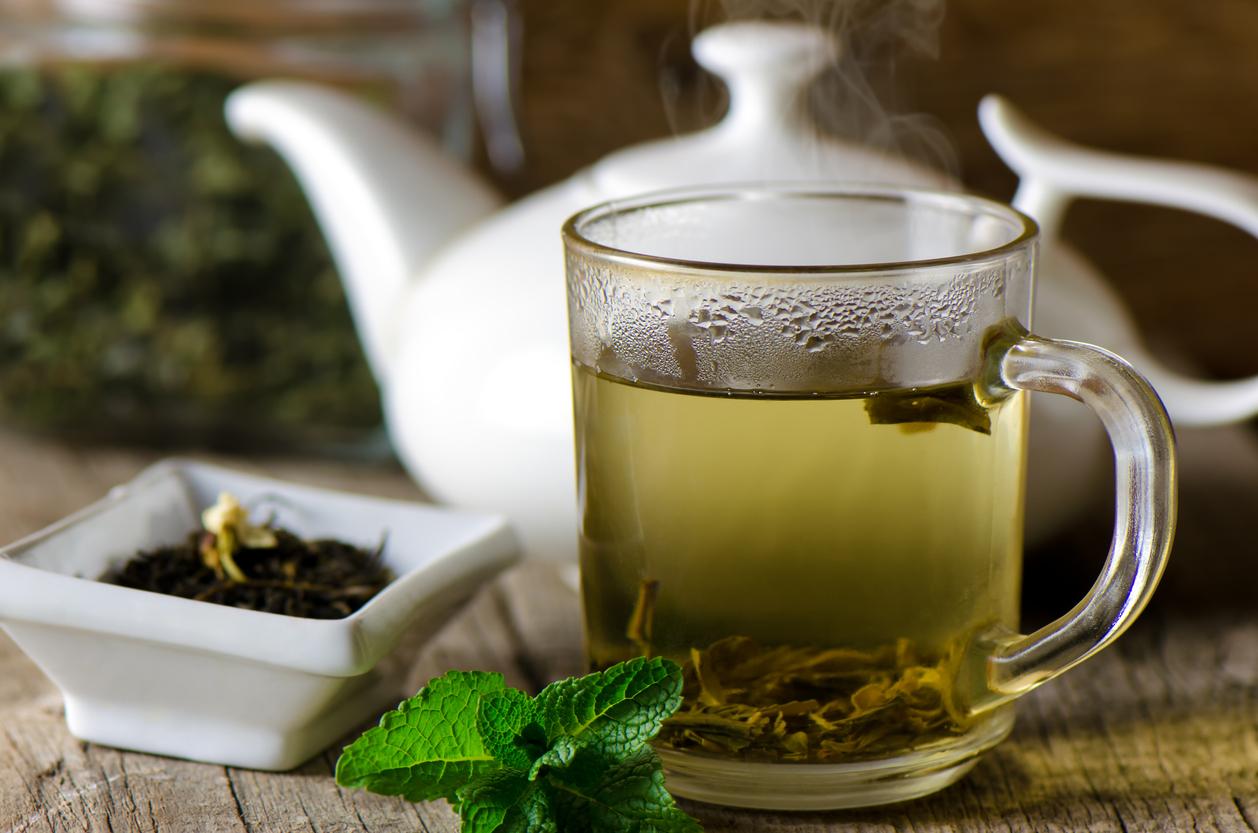June 20, 2006 – Asians smoke significantly more than North Americans, while suffering far less from cardiovascular disease and cancer. This is the “Asian paradox”. Their secret? Green tea, says team of scientists from prestigious Yale University1, in the USA.
These researchers combed through various studies on green tea, both epidemiological surveys, clinical trials and laboratory research. Their conclusion: the drink of choice for Asians has health benefits that are as important as they are not well known to the population.
According to them, the evidence is strong: drinking green tea may actually reduce the risk of developing chronic diseases, such as cancer and cardiovascular disorders.
Thanks in particular to its high content of antioxidants, green tea would effectively fight several risk factors linked to cardiovascular diseases, such as cholesterol and hypertension. The daily consumption of 237 ml of green tea would thus reduce by 44% the risk of undergoing a myocardial infarction.
Other studies attribute to green tea a protective effect against cancer. It seems that EGCG, a tea polyphenol with powerful antioxidant power, can reduce the lifespan of cancer cells and even cause their death. It would protect in particular against cancers of the esophagus, stomach, pancreas, colon and bladder, to name a few.
According to American researchers who rely on laboratory studies, green tea may also be useful in the prevention and treatment of various other diseases: diabetes, arthritis and gastrointestinal disorders.
The authors of this analysis warn that other factors, whether genetic or environmental, could explain this “Asian paradox”. But, according to them, one should not ignore the virtues of green tea. “Consuming six to ten cups of tea per day would improve health, longevity and quality of life,” they write in conclusion.
Jean-Benoit Legault and Johanne Lauzon – PasseportSanté.net
1. Sumpio BE, Cordova AC, Berke-Schlessel DW. Green tea, the “Asian paradox,” and cardiovascular disease, J Am Coll Surg, 2006 May; 202 (5): 813-25.















